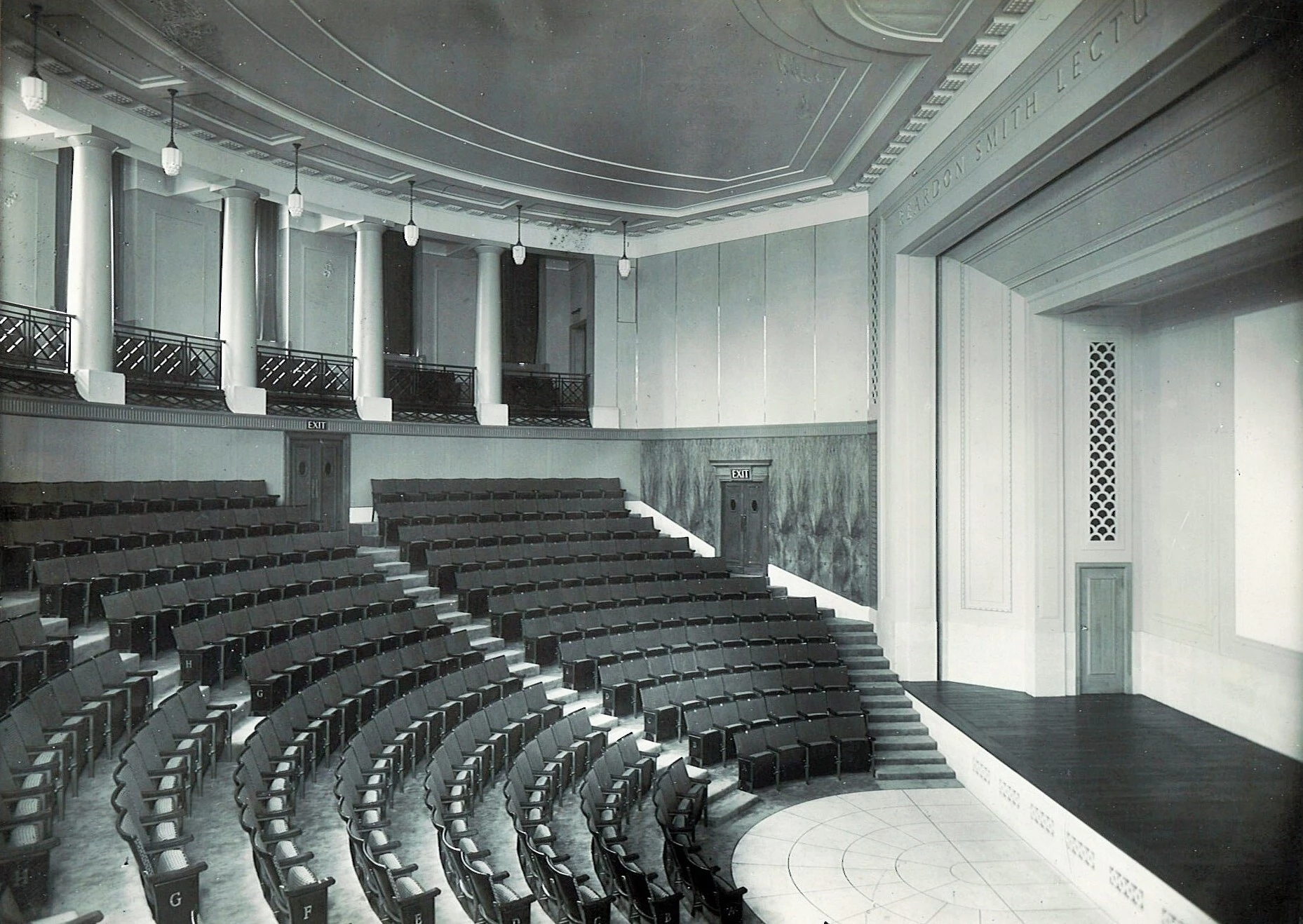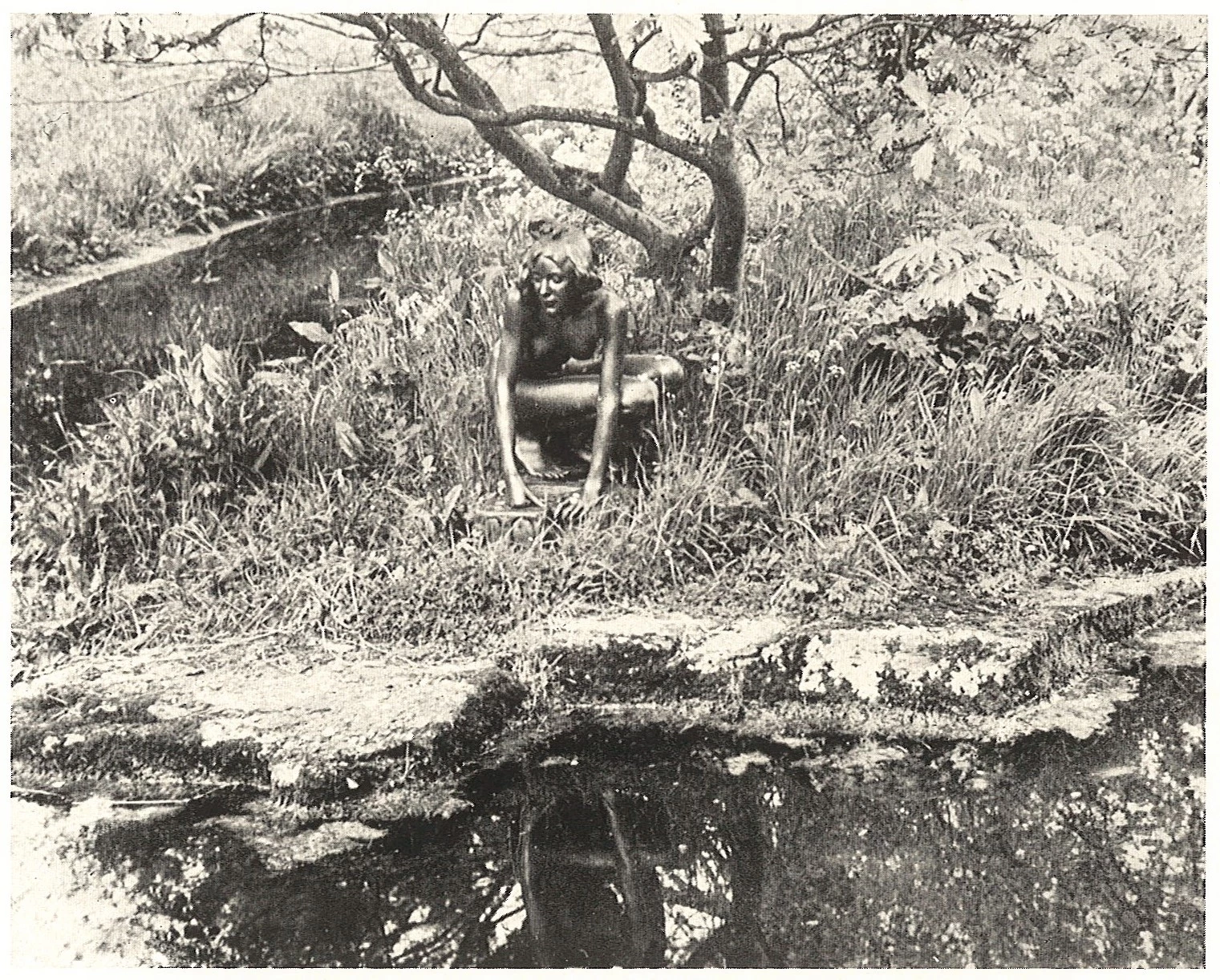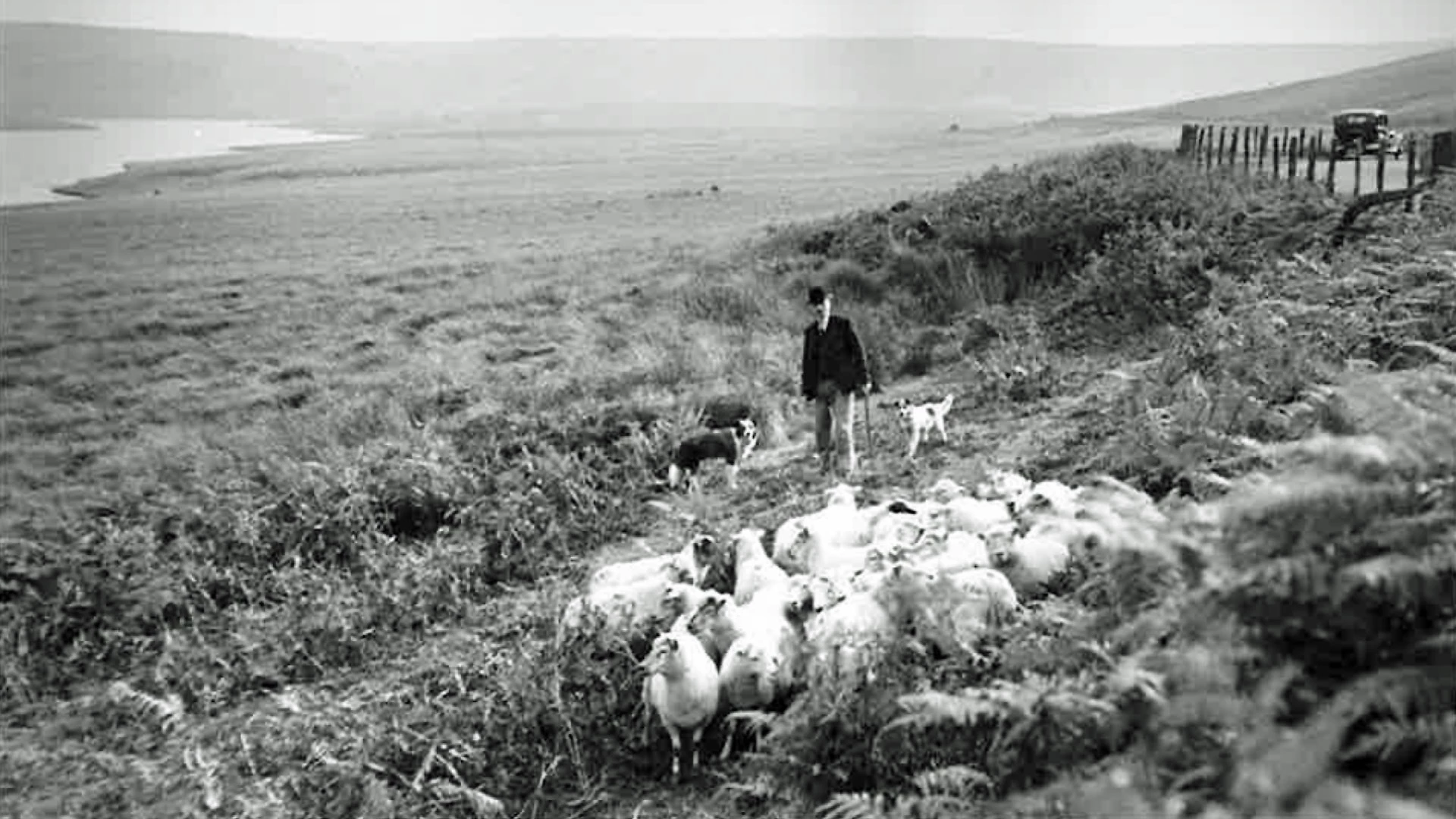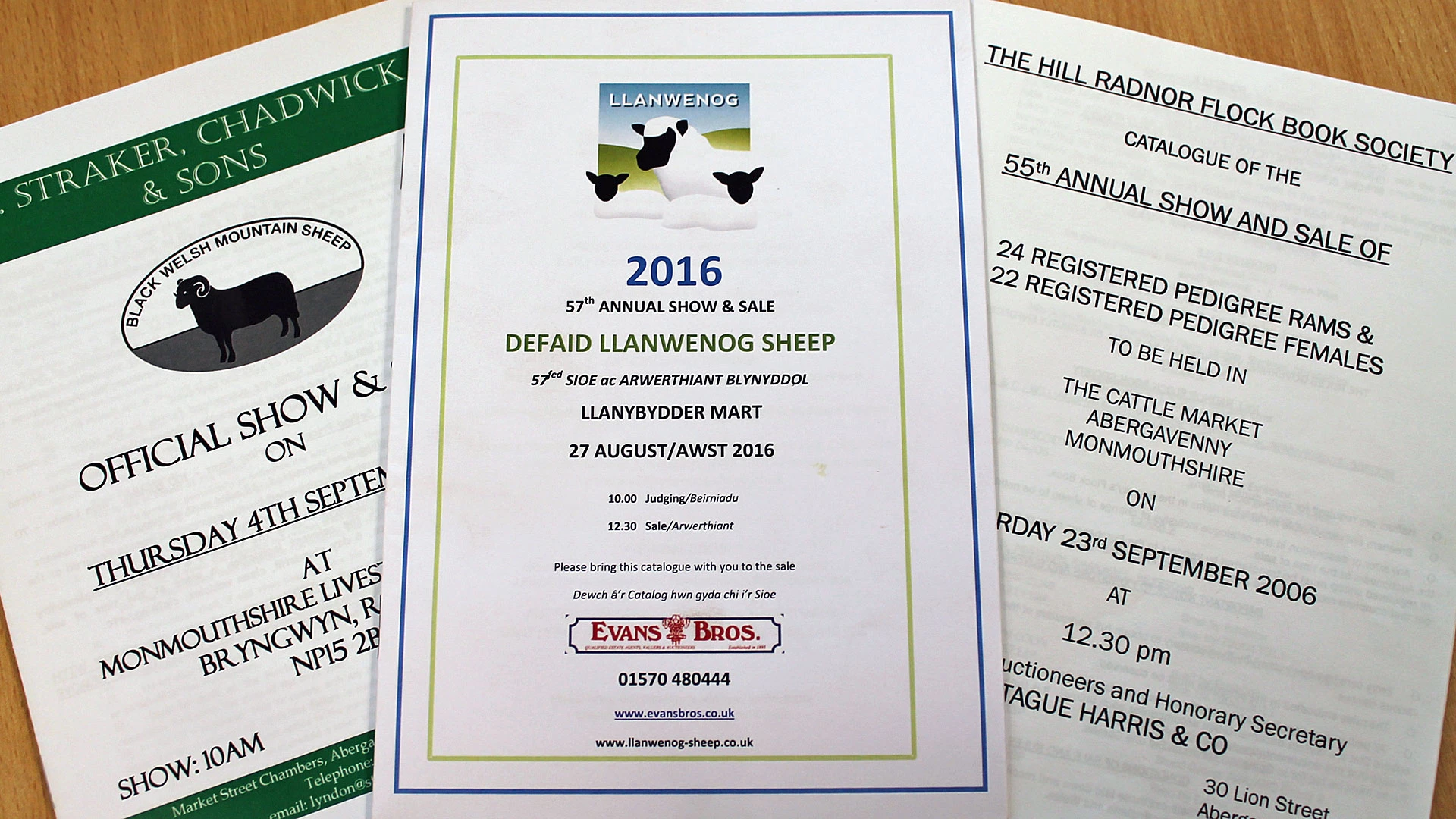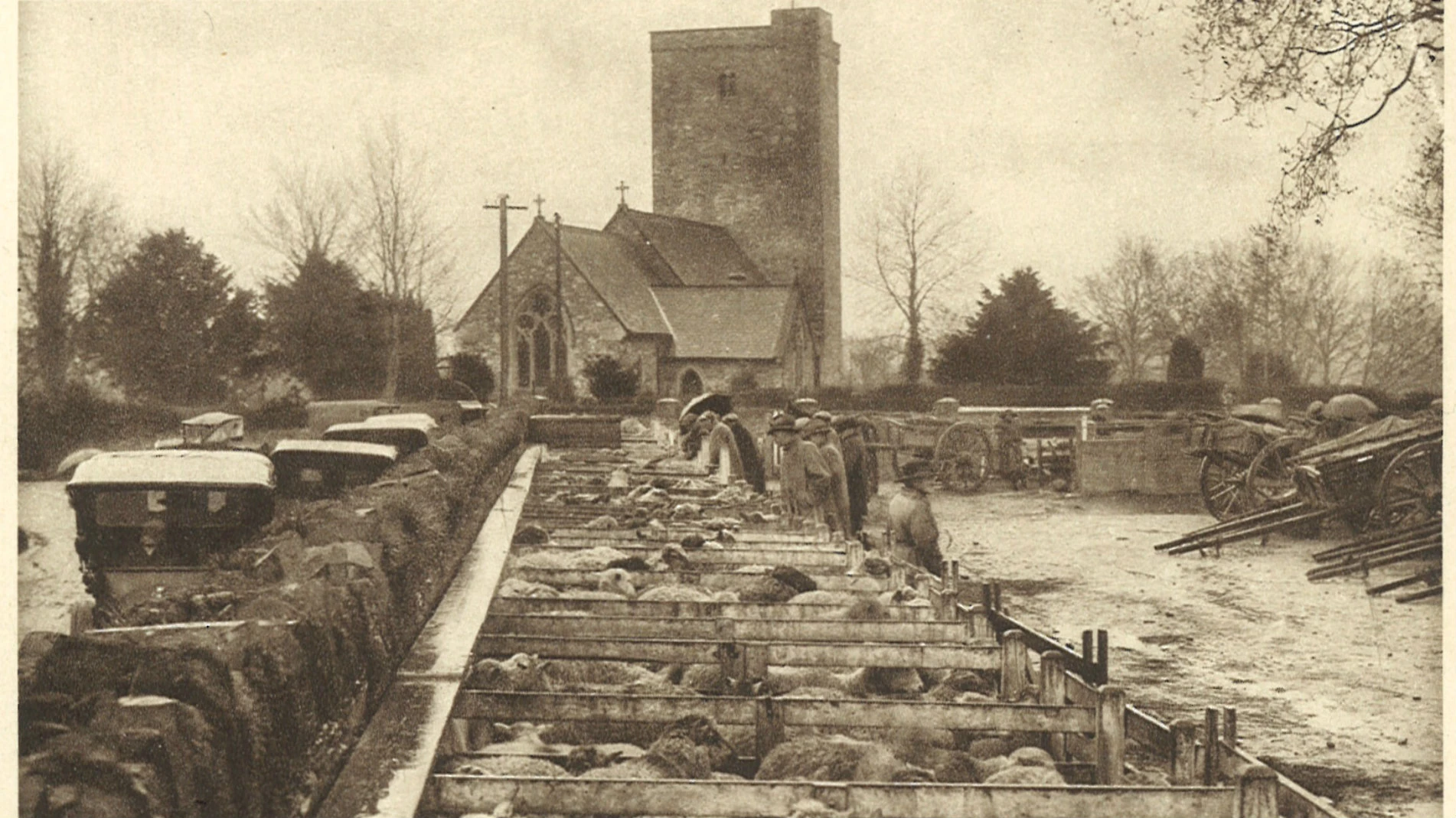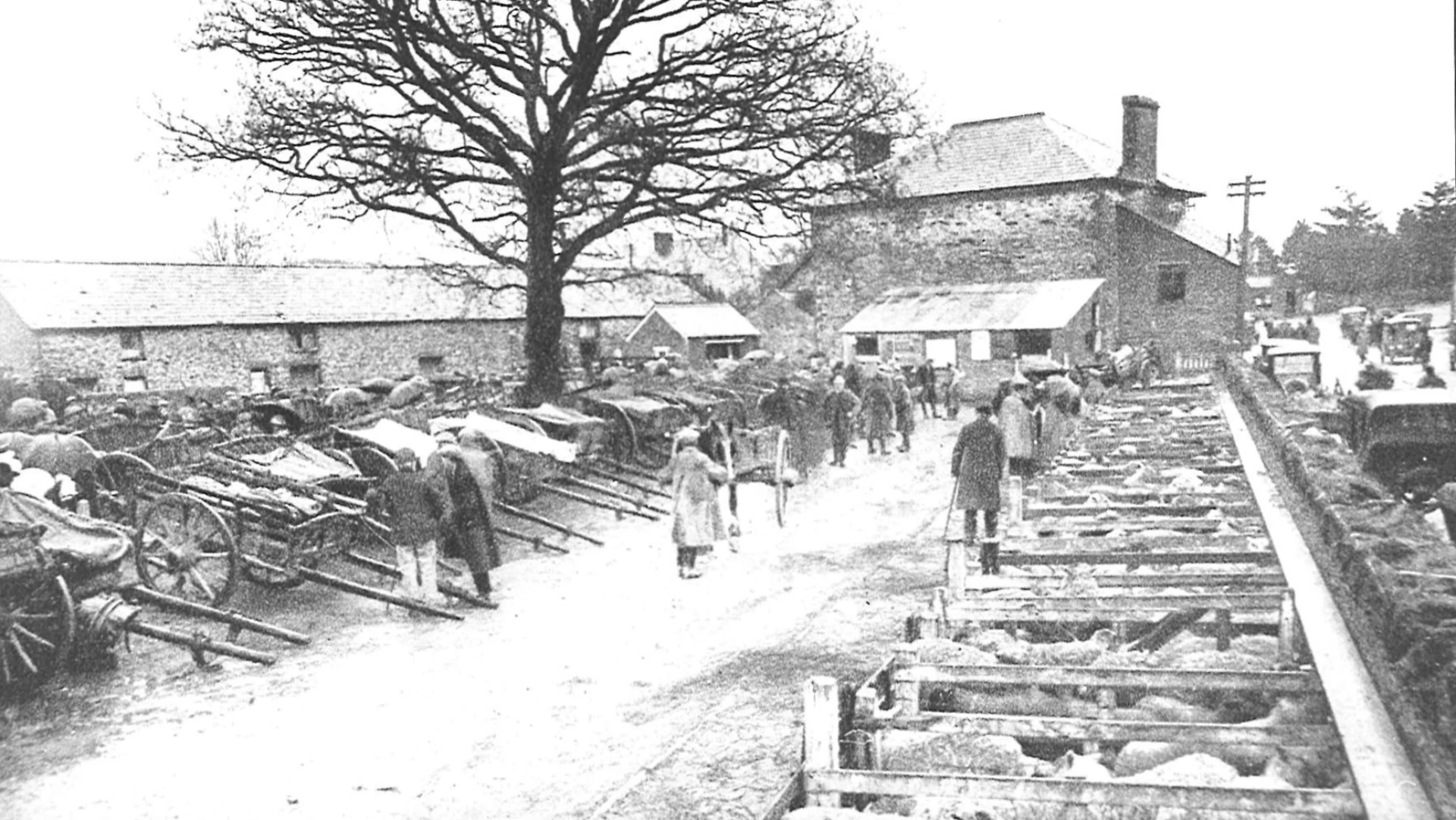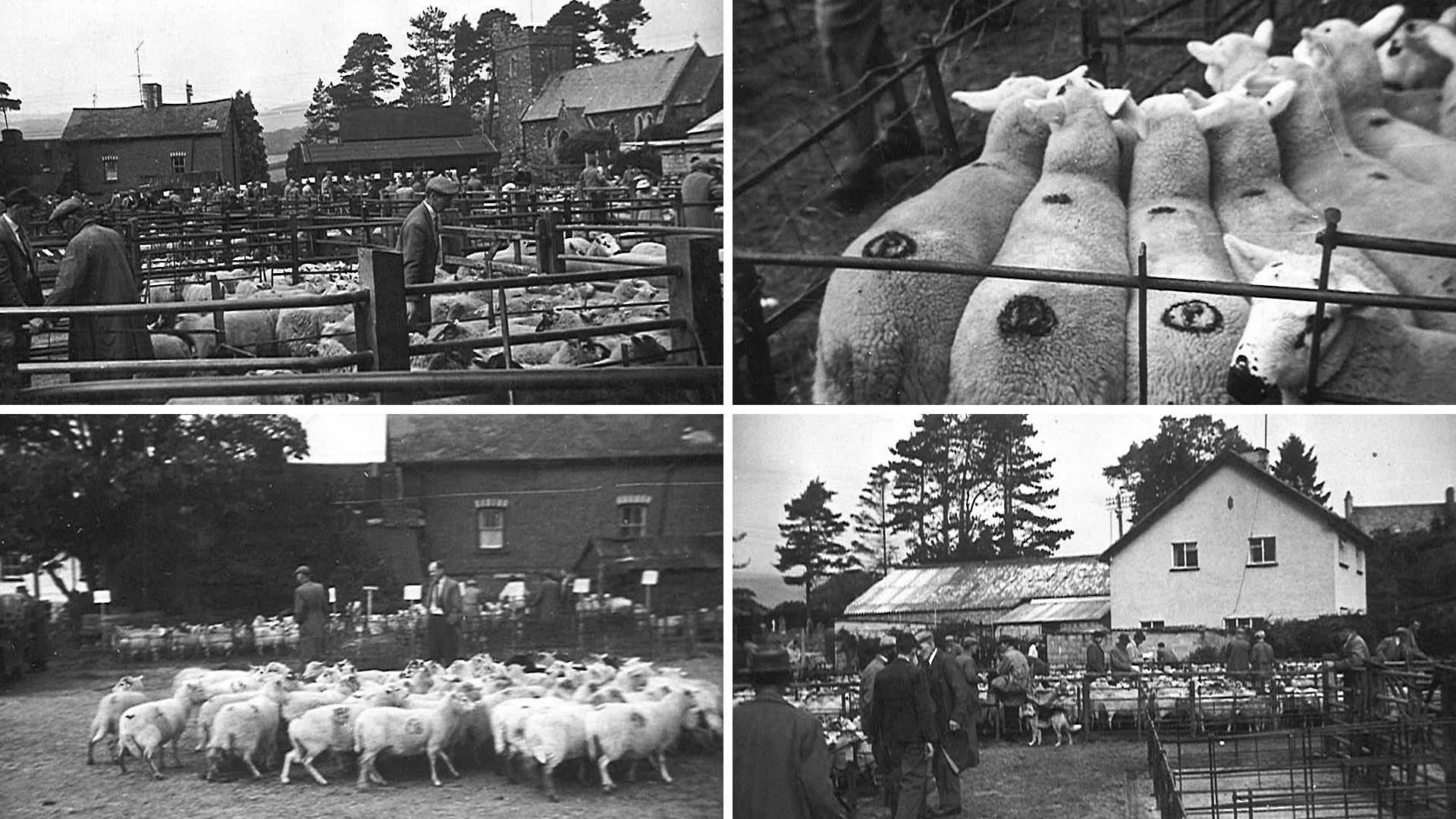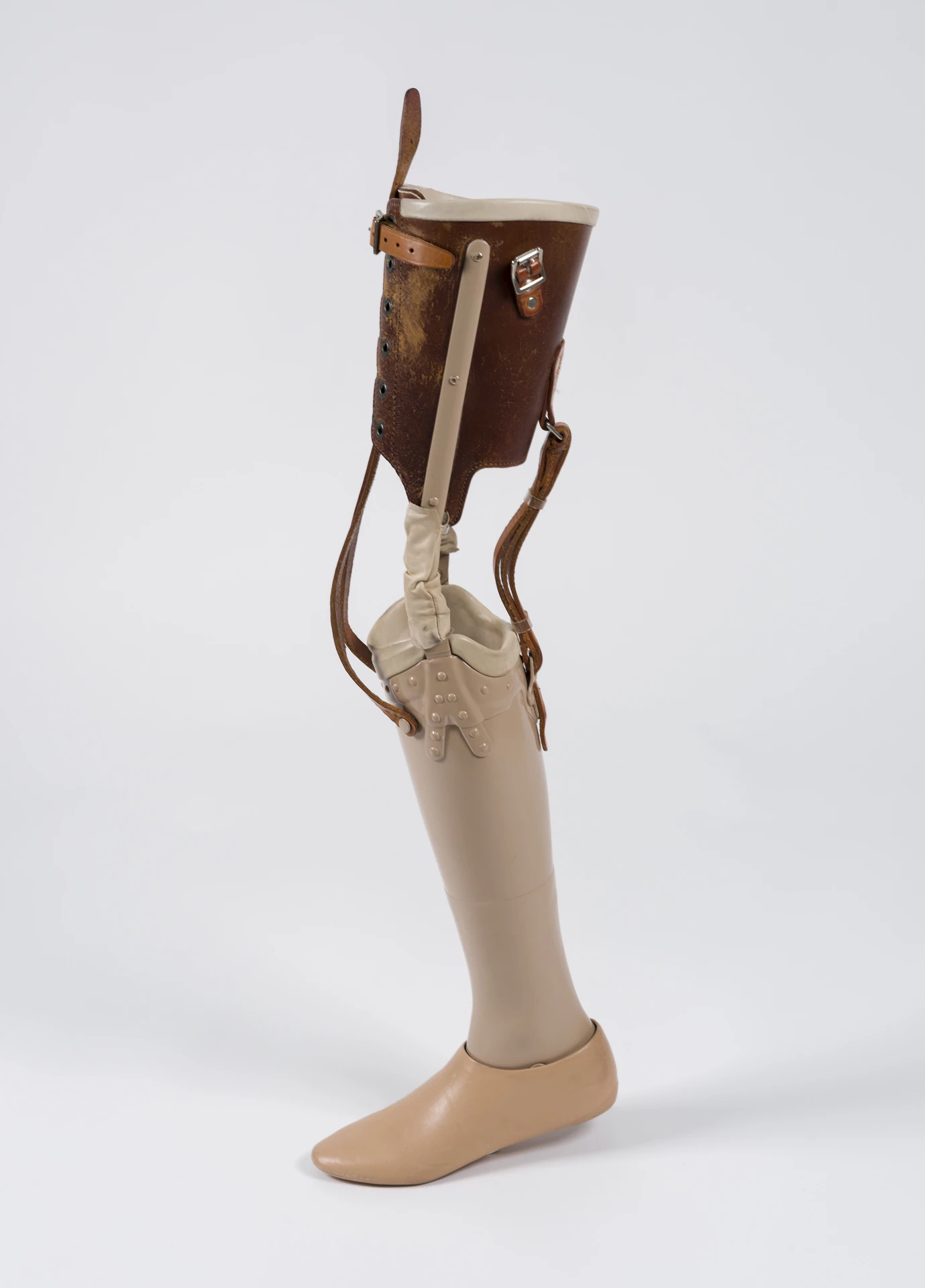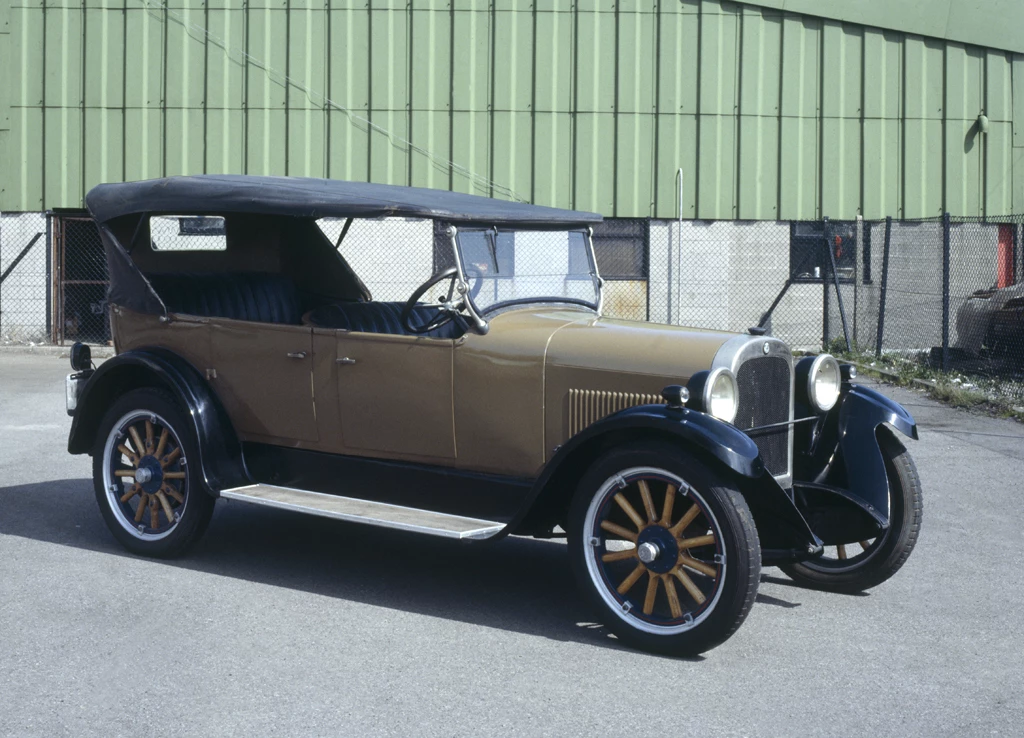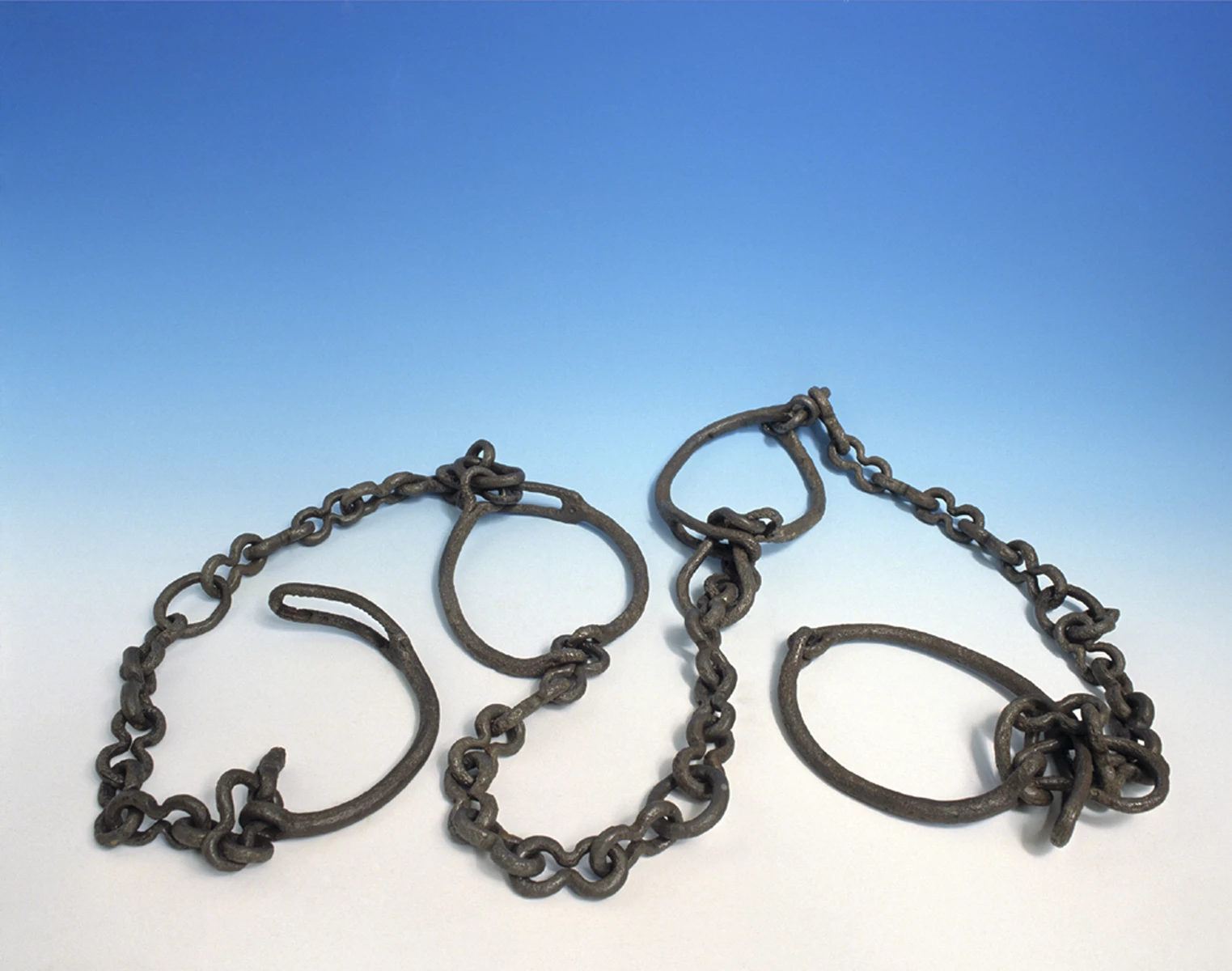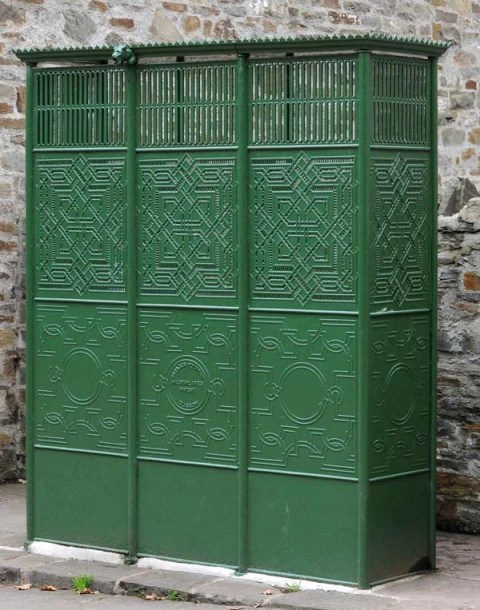Museums Association Conference of 1948 at National Museum Cardiff
, 12 July 2018
The Museums Association Conference of 1948 was held at National Museum Cardiff over five days, running from July 12th to the 16th. All conference meetings were held in the Reardon Smith Lecture Theatre, while an area within the Zoology Department was used as Association Office, Writing Room and Smoke Room.
We know the majority of host duties would have been carried out by Frederick J. North, who was Keeper of Geology and Archibald H. Lee, Museum Secretary, because they are listed on the programme as Honorary Local Secretaries. It is most likely we have them to thank for the ephemera held in the Library, including copies of the programme, associate and staff badges, reception invites, day trip tickets and the official group photograph, taken on the steps of the Museum.
The first day of the conference began with registration, followed by a Council meeting and visit to Cardiff Castle and a reception at the South Wales Institute of Engineers in the evening. The programme states this event as requiring Morning dress code which, during this time period would be a three piece suit for the men, and smart day dresses for the women, or general smart clothing suitable for formal social events.
The second day began with official welcomes by the Lord Mayor of Cardiff, Alderman R. G. Robinson, and the President of the National Museum Wales, Sir Leonard Twiston-Davies. This was followed by a number of papers read by delegates [all fully listed in the programme], gathering for the official conference photograph, and a Civic Reception at City Hall, hosted by the Lord Mayor [with refreshments, music and dancing].
1948 was the year that St Fagans National Museum of History was first opened to the public as the St Fagans Folk Museum and to mark this, a visit was arranged for the afternoon of day three. St Fagans Castle, gardens, and grounds had been given to the National Museum Wales by the Earl of Plymouth in 1946 and over the next two years extensive work had been carried out to make it suitable to open to the public. According to the 1950 St Fagans guide book, in the Castle, new central heating, electric lighting, and fire appliances had to be installed along with a tickets office, refreshment room and public amenities. By 1948 our delegates would have had access to the Castle and its newly refurbished historic interiors such as the kitchen with two 16th century fireplaces, the Hall furnished in 17th century style, 17th and 18th century bedrooms and the early 19th century Library. They would also have enjoyed walking the gardens which included a mulberry grove, herb and rose gardens, vinery, fishponds, and flower-house interspersed with bronze sculptures by Sir William Goscombe John. Onsite also were a traditional wood-turner and a basket-maker, creating and selling their wares. The handbook also describes a delightful sounding small tea room with curtains made at the Holywell Textile Mills and watercolour paintings by Sir Frank Brangwyn. However, according to a Western Mail clipping, this didn’t open to the public until some weeks later on August 24th. Presumably a room within the Castle itself was used for the delegates’ buffet tea to which they were treated after being greeted by the Curator of St Fagans, Dr Iorwerth Peate.
Interestingly the programme provides times of the train service that ran from Cardiff Central Station to St Fagans. Sadly, the station at St Fagans is no longer there, the service being withdrawn in 1962, although a signal box and level crossing on the line remain.
The Annual General Meeting, Council Meeting and Federation of Officers Meeting were all held on the next day along with more papers, including one by Mr Duncan Guthrie [of the Arts Council], on the upcoming “Festival of Britain, 1951”. There was also an evening reception in the Museum hosted by the President, and the then Director [Sir Cyril Fox], with refreshments and music by the City of Cardiff High School for Girls Orchestra. The programme states evening dress if possible for this event so it’s a shame we don’t hold any photographs of what would have been a sea of tuxedos and evening gowns.
The final day consisted of further papers in the morning followed by escape and fresh air with visits to the Newport Corporation Museum and the Legionary Museum and Roman Amphitheatre at Caerleon during the afternoon.
The September 1948 issue of Museums Journal contains a full report on the conference, with detailed examination of all papers presented and the discussions they generated. It also lists the delegates including those from overseas. The report concludes with thanks to the National Museum Cardiff for the welcome and hospitality accorded to the 240 delegates, with special mention to North and Lee [who would certainly have earned their salaries over those five days!].
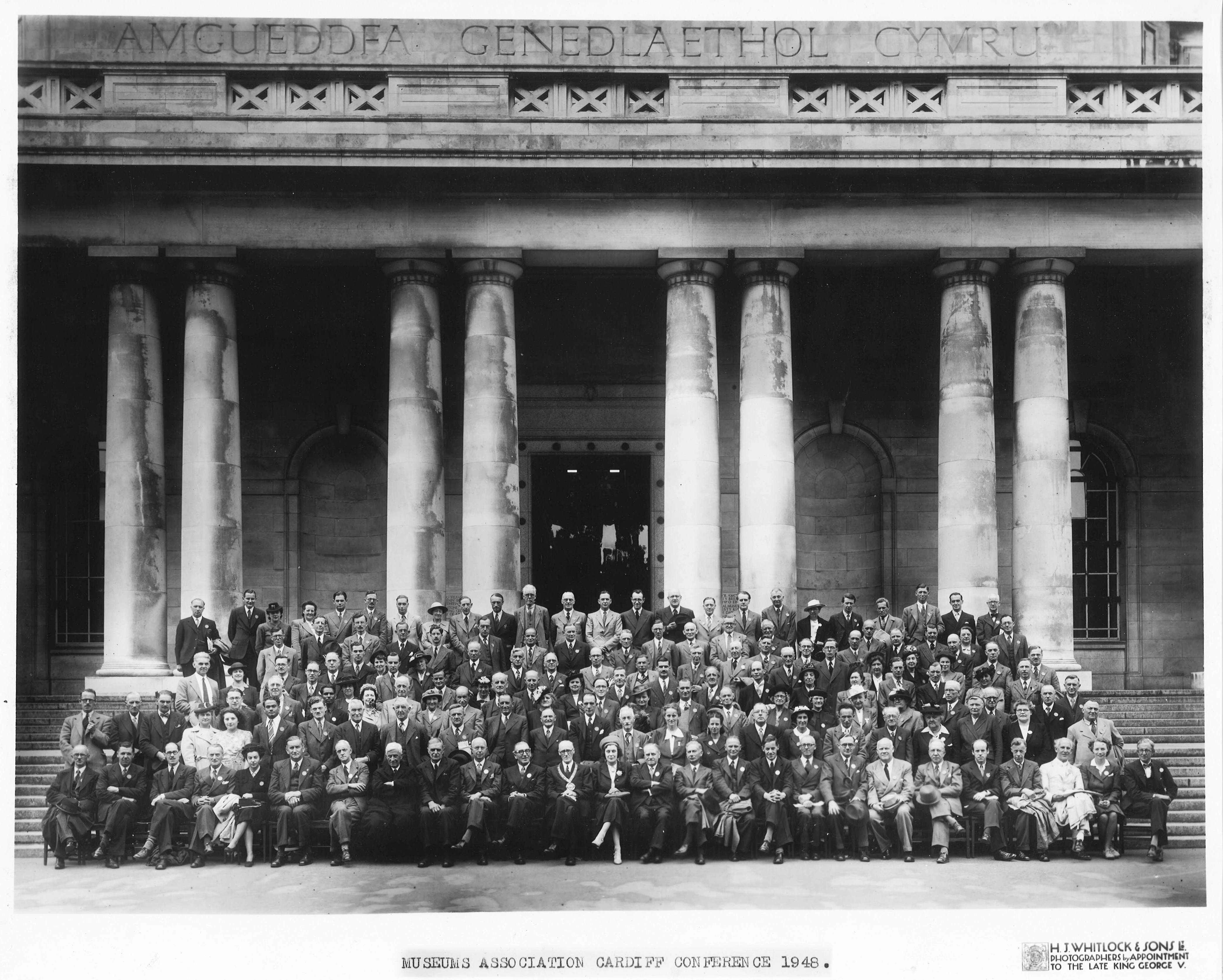
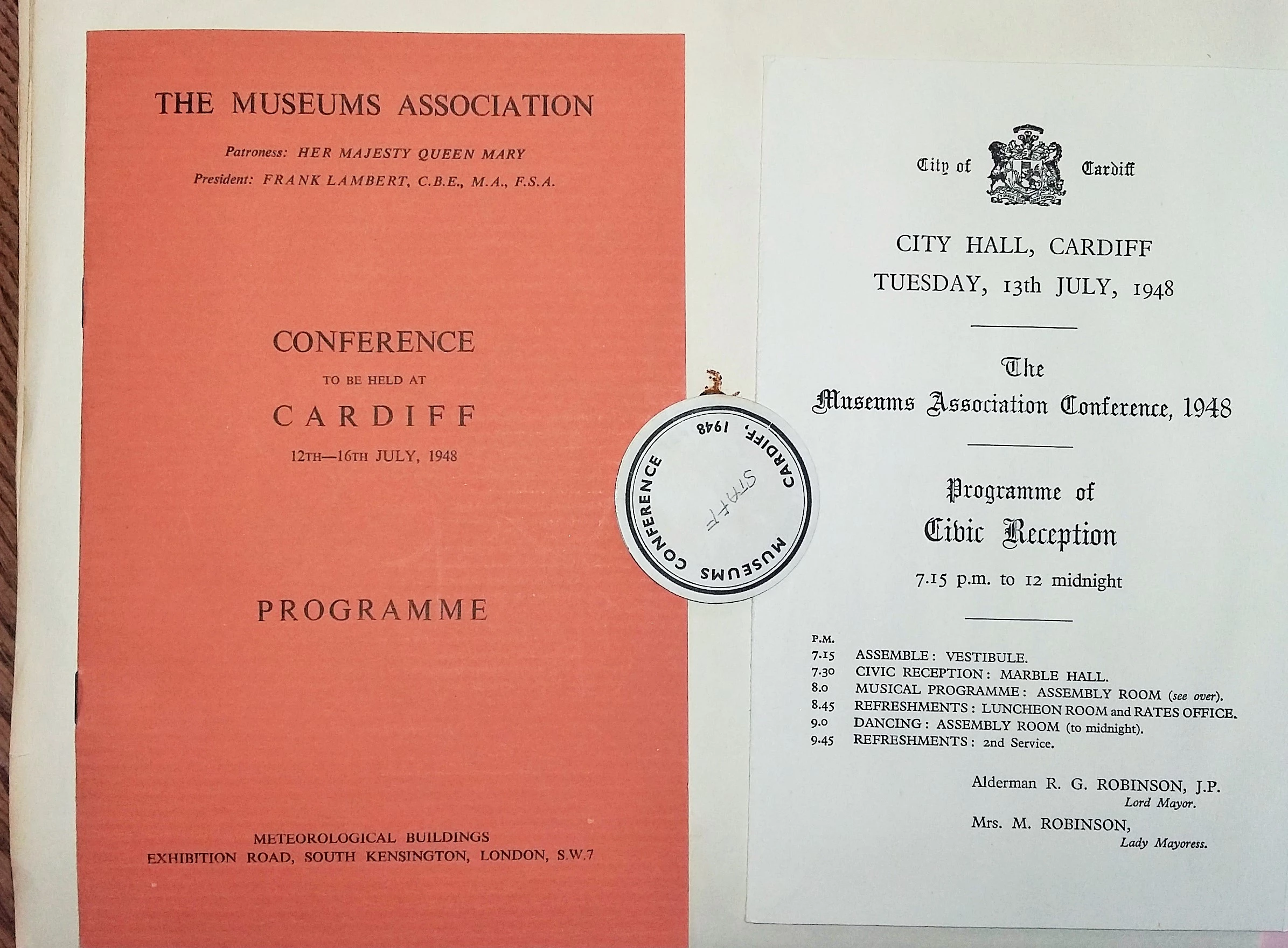
![Museum Association Conference ephemera [1948]](/media/44924/version-full/Museum-Association-Conference-ephemera-1948-.webp)
